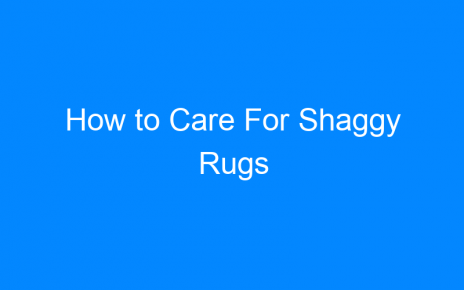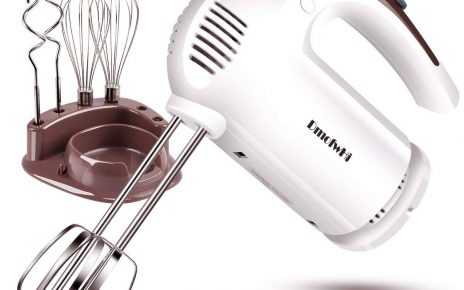Carpeting provides warmth and comfort underfoot. While it isn’t as popular now as it has been in the past, it serves a purpose in homes where comfort is important. Carpeting is still the flooring of choice for bedrooms. Families with kids or pets prefer it in living areas where they congregate and spend quality time together. It has been appearing in homes in some form or other since as far back as the 4th or 5th century BC. Here are some of the most noted carpet calgary trends in history and how they compare to carpeting today.
Persian Rugs
Table of Contents
Still used as an accent in homes today, Persian, and Anatolian rugs date back as far as 464 BC. There is no disguising the fact these rugs were not only for comfort and warmth, but also designed to add a décor element to a living space. Many ancient rugs featured intricate designs, with even the most primitive versions often including roughly woven images of flora and fauna.
They were handwoven with distinct designs and materials. Some historical Persian rugs were massive measuring as large as 17’ by 34’. They were regarded as a sign of wealth and were produced in key areas including Tabriz, Kashan, Herat, and Kerman in the 16th century. Persian rugs are perhaps one of the most recognizable styles of rug known today. They remain the rug of choice for high-end homes with the most desirable rugs made in regions of the Middle East.
Reversible Carpets
An interesting trend in the 1800s was the introduction of reversible carpets. With new manufacturing techniques, carpets became more affordable and different methods such as braiding or using fabrics woven on a loom allowed rugs to be made sans the backing. Unlike the mass-produced area rugs we see today; these woven carpets and area rugs could be flipped to expose the same or reversed pattern. Interesting to note, the term broadloom comes from the carpets woven on these larger looms.
Post War Mass Production
Fast forward to the 1950s as the world recovered from World War II. These were the years where showing off your home and the hubby’s success were very important. As a result, an interest in home décor was on the rise. Instead of families just getting by, they wanted to show they had arrived. How? New appliances and wall to wall carpeting! At this time nylon “saxony” rugs were in vogue featuring two pieces of yarn twisted to create the pile. Because homeowners had more interest in decorating, carpeting colours exploded on the scene.
Shag and Multi-Colours
The colour trends of the 60’s were big on multiple colour strands woven to create multicoloured broadloom. Colour schemes such as the infamous burnt orange, rust, and gold combination popular at the time were seen on TV shows like The Brady Bunch. This trend lasted into the 70’s but was soon replaced by the solids and pastels of the 80’s.
The Arrival of Neutrals
As broadloom techniques changed, so too did the colours available. As a result, decorators and homeowners alike moved away from boldly coloured plush carpeting to the neutral families in beiges, creams and even greys, as well as nature-inspired washed out hints of green like “seagrass”. Textures such as Berber became more popular as we entered into the new millennium. Today we still see the trend towards neutrals in hand with enhanced textured patterns such as diamonds, squares, circles, Moroccan inspired patterns and texture created by different heights of fibers. However, homeowners should hold onto their hats as new colour trends return to bold colours including teal, mauve and patterns like chevrons and herringbone.




